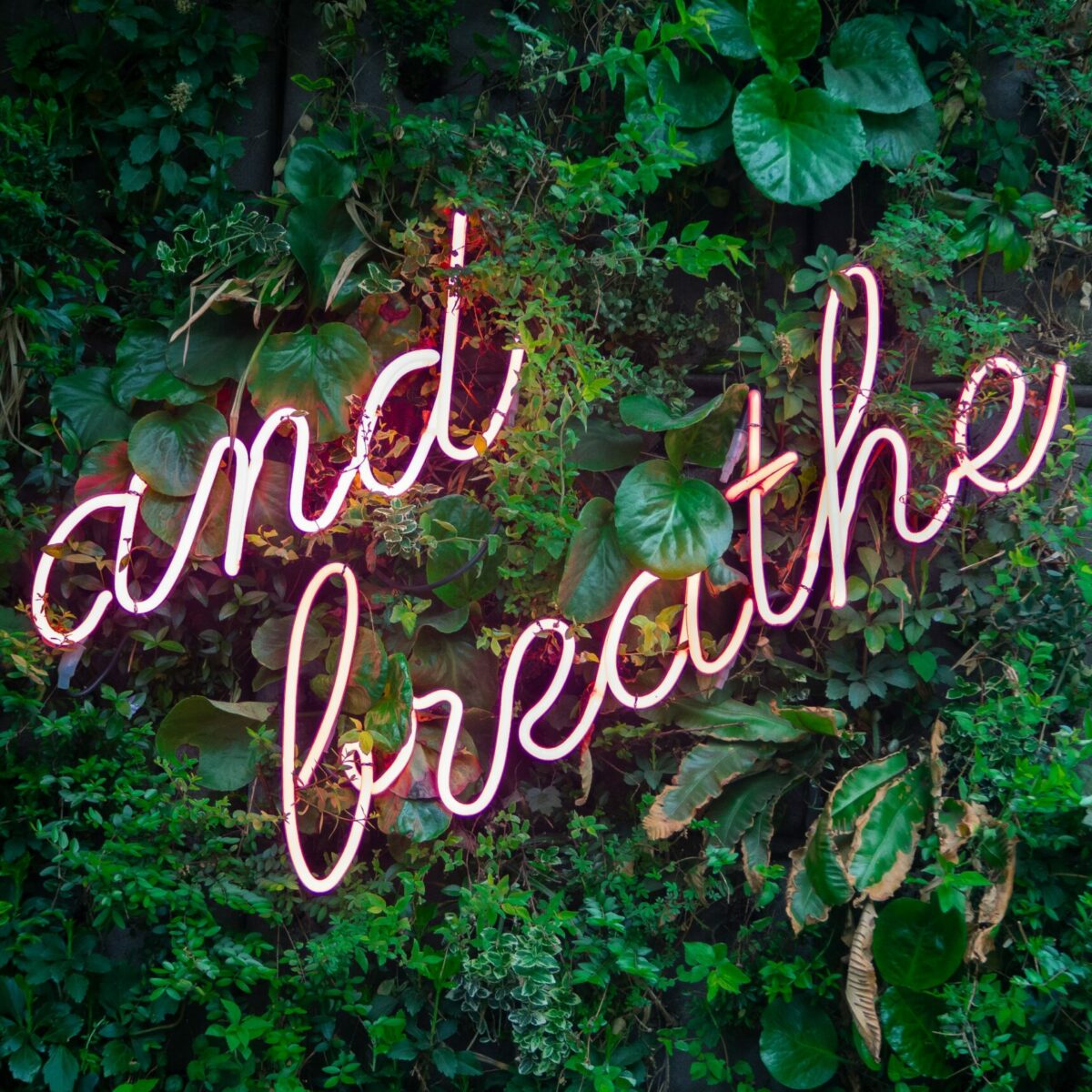Breathe and Calm the Mind
editThe mind is constantly ‘on’. So how do we give it a break? Having a breathwork practice to support your daily meditation is a good way of keeping the mind healthy as it draws focus away from the thoughts to the breath.
Yogic breathwork is know as ‘pranayama’. It is different to the Wim Hof style breathwork that is currently very popular. That said, there are many benefits from this type of breathwork as it gets more oxygen into the body and increases the use of lung capacity. However, the Sanskrit word ‘pranayama’ refers to a different breathwork concept. Prana means ‘life force energy’, ‘yama’ means ‘control’ and Ayama means ‘expansion’ in reference to expanding one’s awareness beyond normal limits (see Swami Satyananada Swaraswati in the book Asana Pranayama Mudra Bandha). Therefore, pranayama refers to the different ways of controlling the breath and energy around the body.
Pranayama is known for its health benefits of the mind and body. It can have a powerful calming effect on the body by releasing stress and anxiety. Saraswati says in her book “through the practice of pranayama, the energy trapped in neurotic, unconscious mental patters may be related for use in more creative and joyful activity”.
Irrespective of what type of pranayama you practice, there are 3 main stages:
1. Purak (inhalation through the nostrils)
2. Kumbhak (retention of breath)
3. Rechak (exhalation)
Listed below are the 8 types of pranayama (although there’s no space to delve into them)
1. Digra Pranayama ‘Three Part Breath’. Also called ‘yogic breath’ because it can be broken down into three parts: abdominal breathing, thoracic breathing and clavicular breathing.
2. Nadi Sodhana Pranayama ‘Alternate Nostril Breathing’. This is probably the most commonly practiced and what I do before I enter a meditative state as it aims to balance mind, body and spirit.
3. Shitali Pranayama ‘Cooling Breath’. And yes, it does what it says – ideal for those hot summer days.
4. Ujayi Pranayama ‘Ocean Breath’. Another common breathing technique often used in yoga classes. It gets its name from the sound the breath makes, like the ocean waves.
5. Bhrami Pranyama ‘Humming Bee Breath’ and yes! you will sound like a bee humming on a gorgeous summer’s day.
6.Bhastrika Pranayama ‘Bellows Breath’ It uses a forceful inhale and exhale which can help with stress and anxiety.
7. Viloma Pranayama ‘Against the Wave’. A challenging pranayama technique that uses breath retention on the inhale and exhale.
8. Kapalabhati Pranayama ‘Breath of Fire’. One to warm you up! Kapalabhati Pranayama ‘Skull Shining Breath’ & ‘Breath Of Fire’. It’s very common in kundalini yoga and uses an involuntary inhale and forceful exhale.
Before starting a breathing practice you should make sure you have a teacher to learn the techniques and check with your doctor before starting. Each pranayama has a different effect on the mind and body so be mindful!
The best time to practice is early in the morning, on an empty stomach and before meditation. Like all things worth having, it takes time to learn and the benefits take time to be seen. However, you can practice at any time of the day to keep a calm mind and steady nerves as pranayama expands the amount of oxygen in the body which supports a healthy mind.
With love, light and a little Ayama Magic xx

comments
Add comment